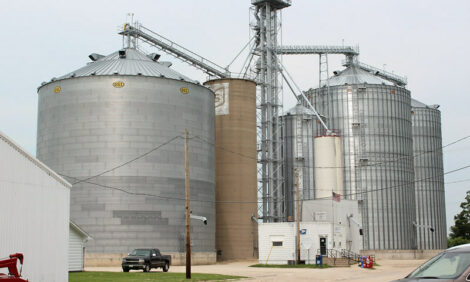



Breeding the horns off cattle
By CSIRO - An accurate DNA test which could be developed within three to four years may provide the industry with the ability to permanently dehorn the Australian national herd.Dehorning is a routine practice carried out by beef producers to reduce the incidence of bruising, hide damage and other injuries estimated to cost the industry A$22.5 million a year. Horns also increase the risks to stock handlers.
The labour-intensive dehorning procedure has animal welfare implications, which the industry is keen to resolve.
The national cattle herd is estimated to be about:
- 52 per cent horned
- 47 per cent polled (naturally hornless)
- one per cent scurred (small, residual horned).
Among the major breeds about 90 per cent of Brahmans and Santa Gertrudis are horned while the combined Hereford and Poll Hereford figure is near 50 per cent.
'While breeding polled cattle is a non-invasive alternative to dehorning, the complexity of polled inheritance will make it difficult to achieve 100 per cent polled cattle in the short-term.'
'It would be a gradual process which will need the active involvement of the big breed associations,' Dr Prayaga says.
Although the actual genes are yet to be mapped, it is widely accepted that there is an interaction between poll, African horn and scur genes. Males express the scurred and horned phenotype more than females so breeding programs based on the horns status phenotype (visible appearance/presence of horns) alone would not be successful.
A diagnostic test is being marketed for some European breeds, but it is not useful in Bos indicus breeds where the genetic influence is more complex.
Dr Prayaga says replacing the practice of dehorning beef cattle will only be achieved through the implementation of concerted research and extension strategies.
This could involve breeding programs which identify polled bulls in the various breeds and increasing their use without compromising genetic gain.
'As molecular genetic technology develops, the availability of DNA tests will certainly hasten the process of increasing the proportion of polled animals,' Dr Prayaga says.
He says there is a division of opinion within the beef industry over the issue of breeding polled animals – particularly in relation to concerns that the polled gene could negatively affect productivity.
However scientific studies have demonstrated a lack of difference in growth, reproductive performance, mortality, carcase and behaviour between polled and horned animals in European breeds.
The most significant case against using polled cattle is evidence of some affect on bull soundness which needed further investigation.
The work by Dr Prayaga, who is based in Rockhampton, was funded by Meat and Livestock Australia.
CSIRO has applied for Queensland State Development Initiative funding to conduct further research in collaboration with the Cooperative Research Centre for Beef Genetic Technologies and the Meat and Livestock Australia.
TheCattleSite News Desk


